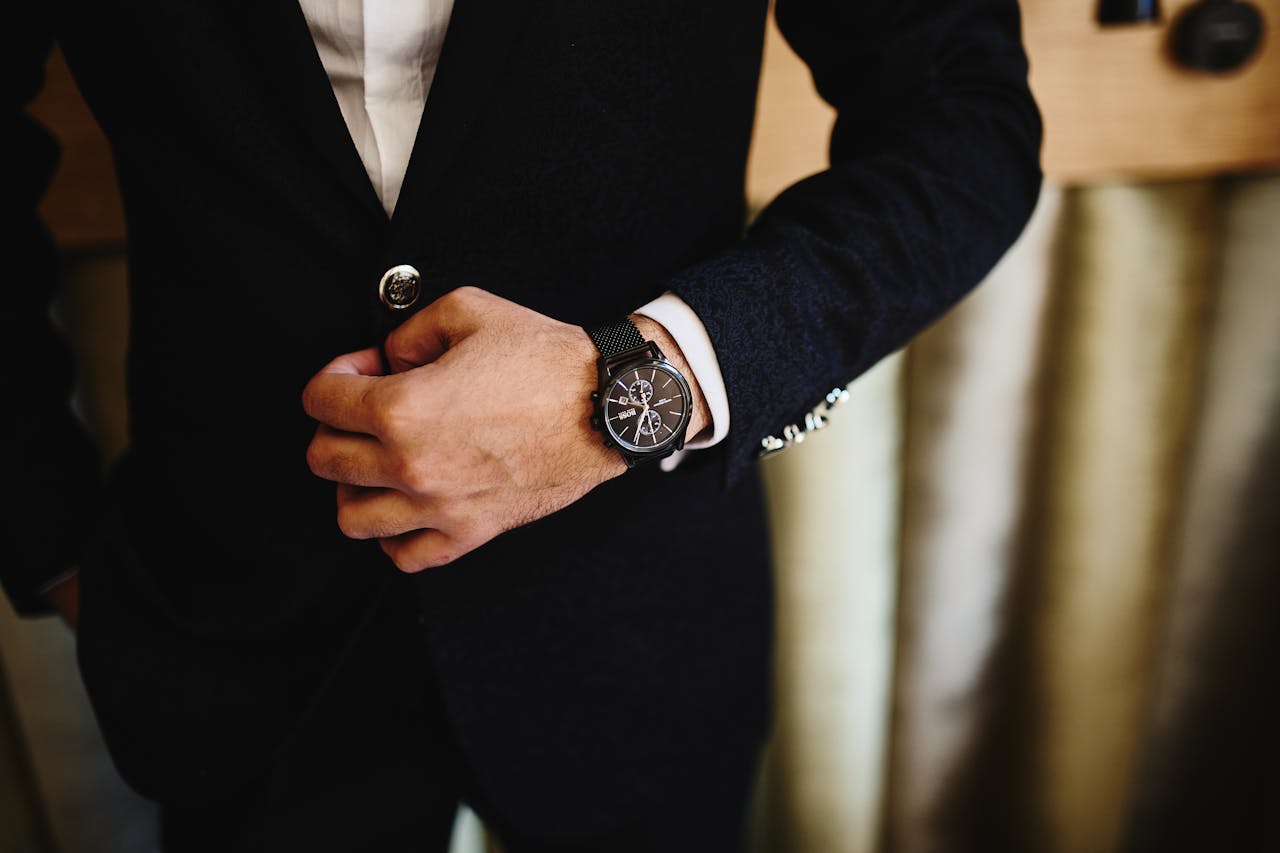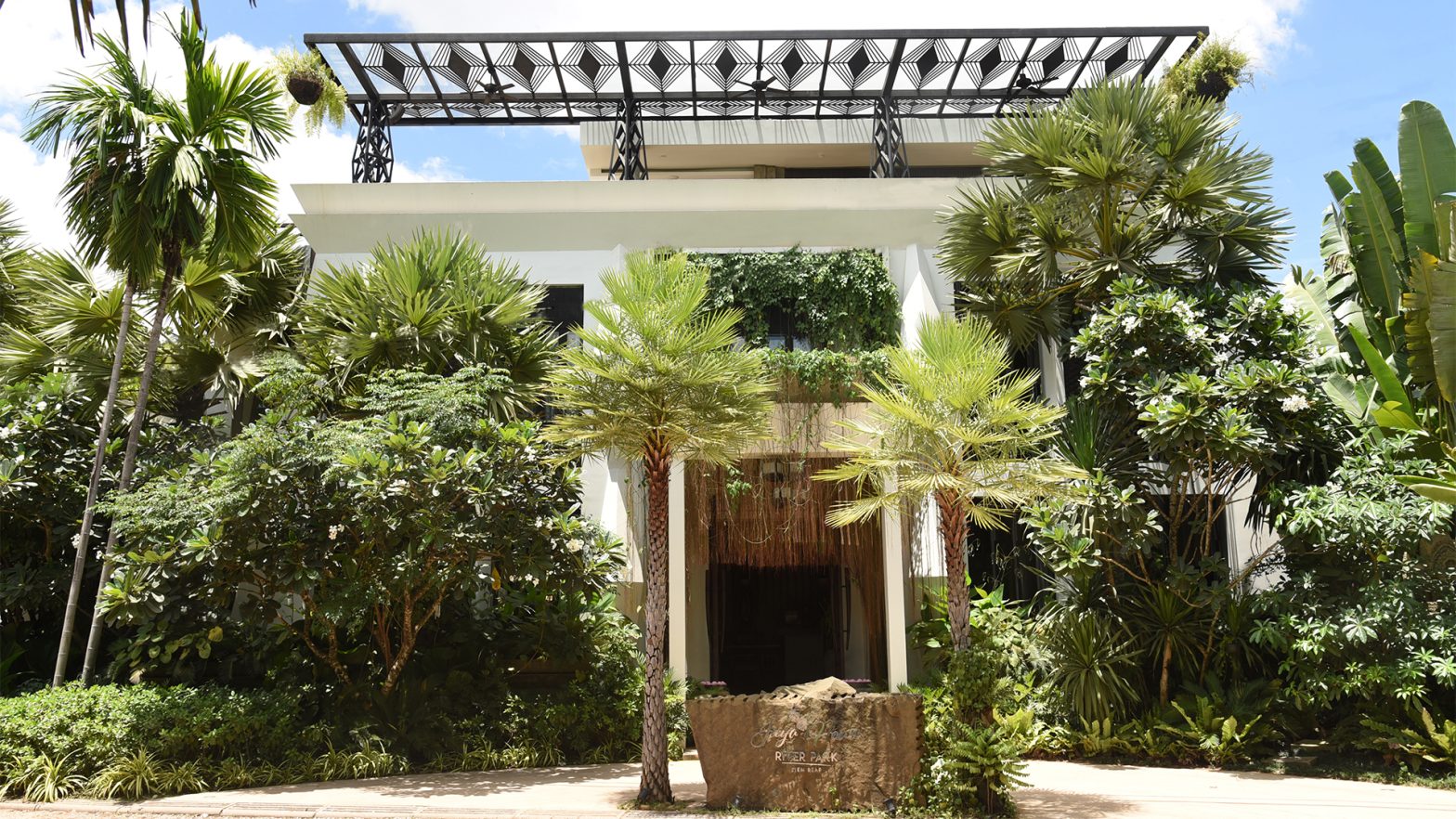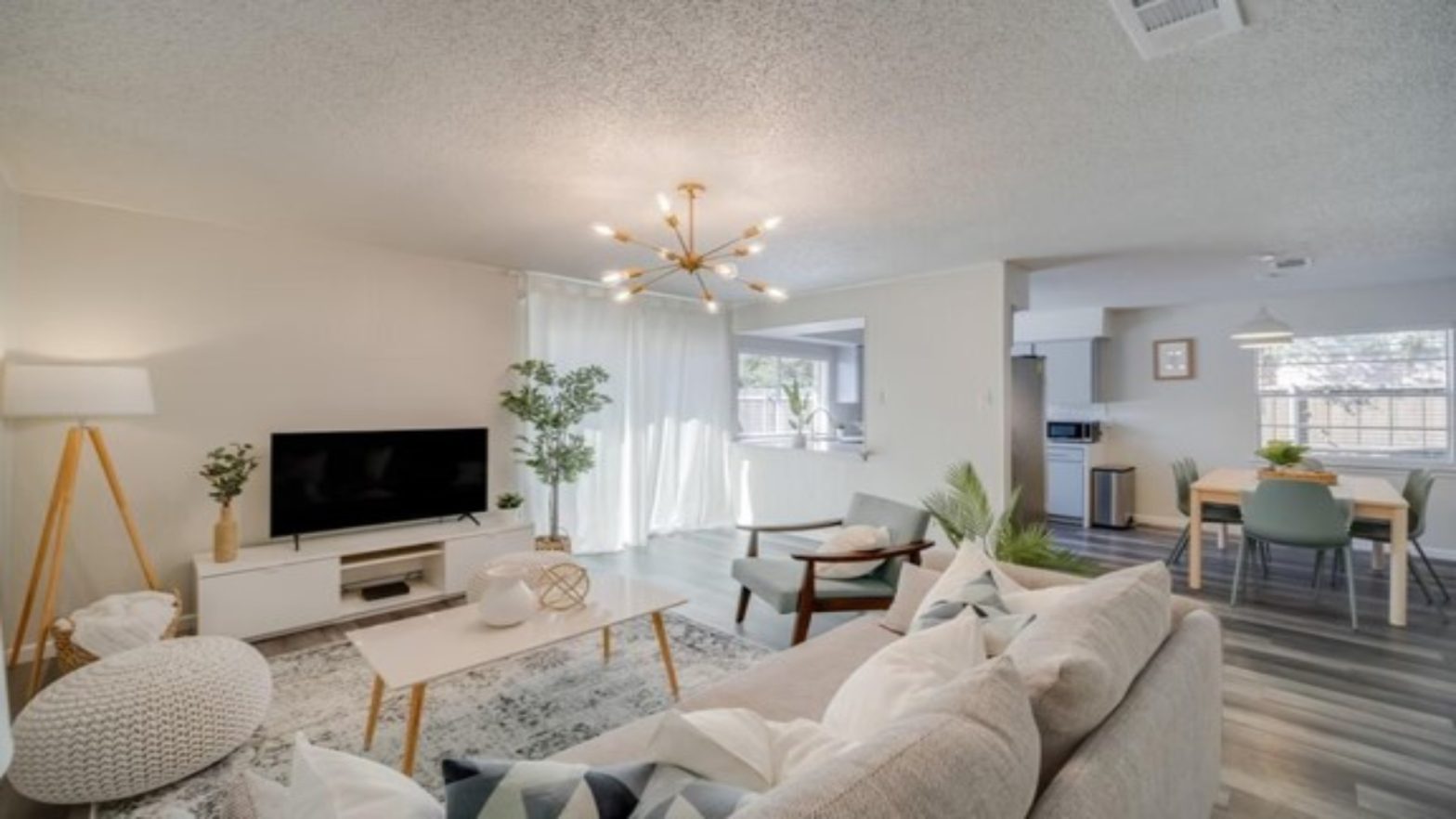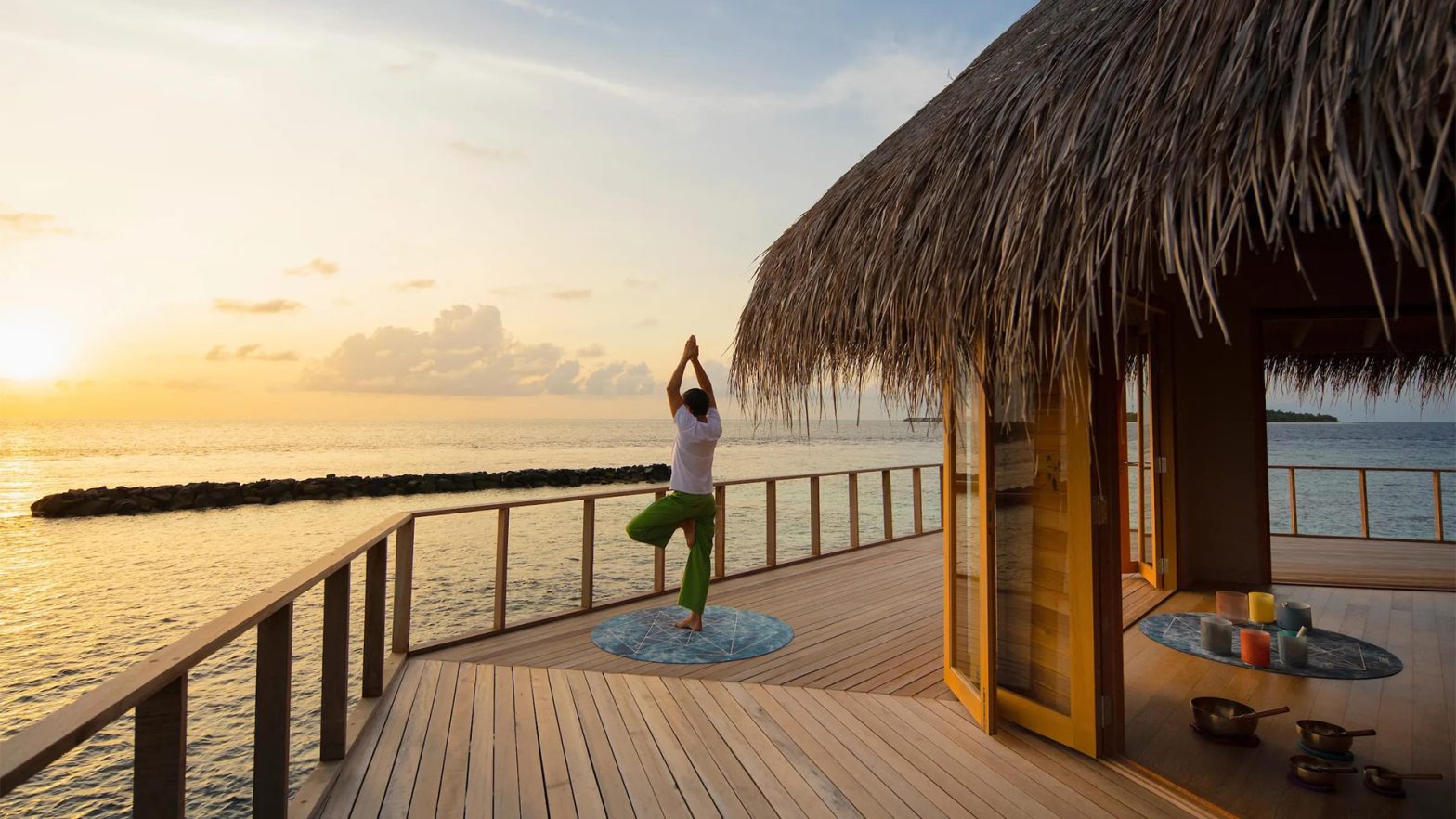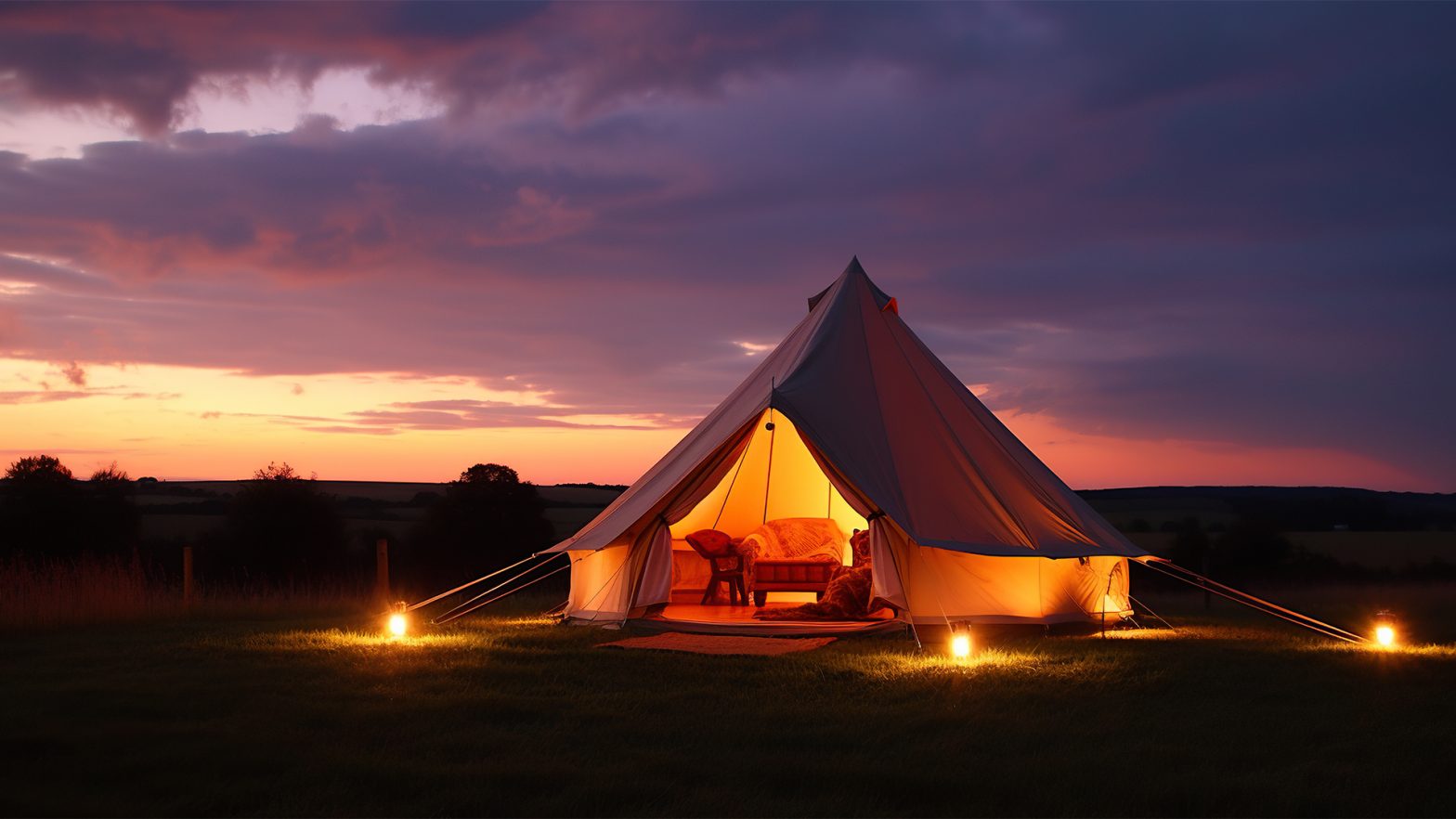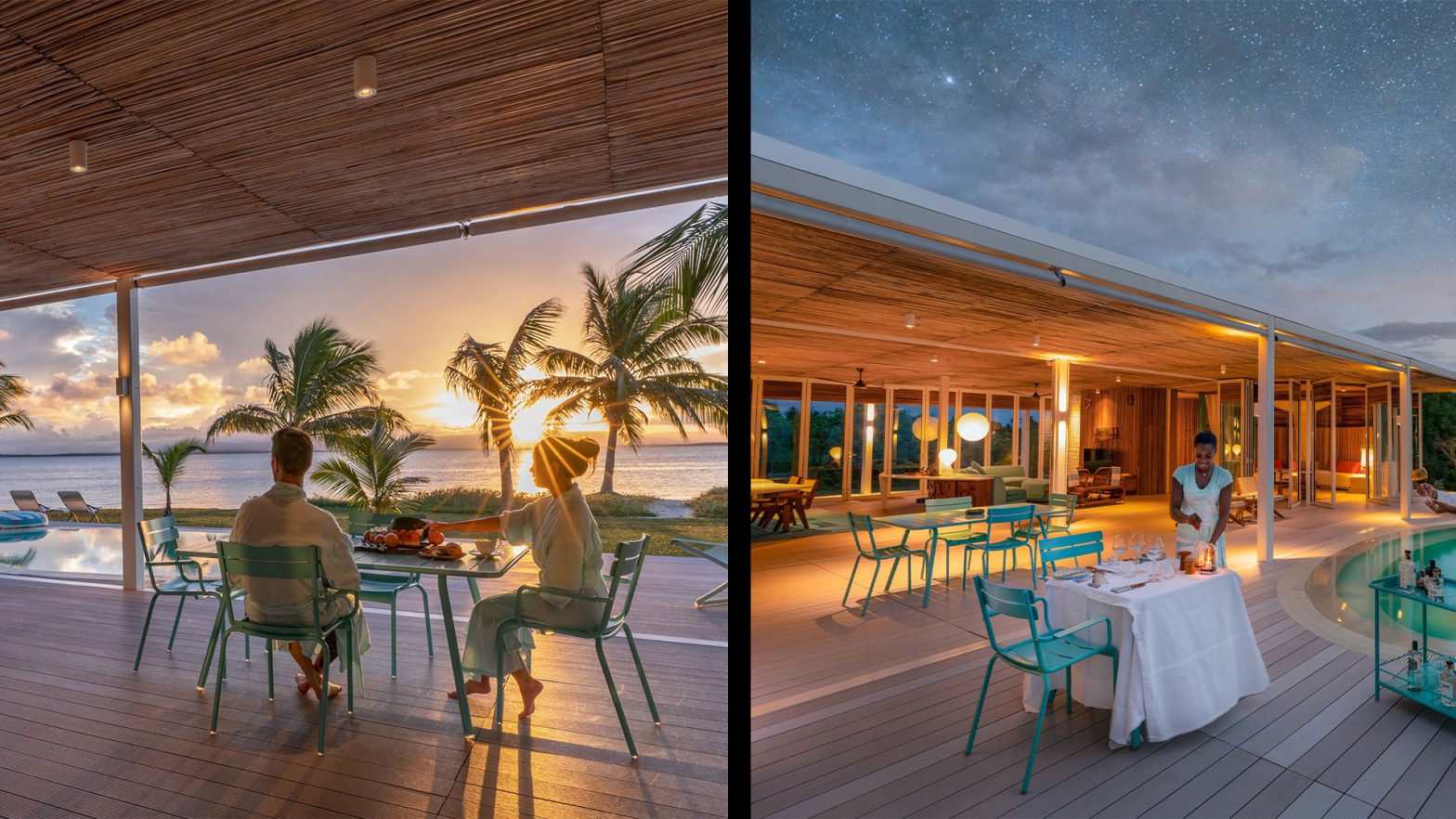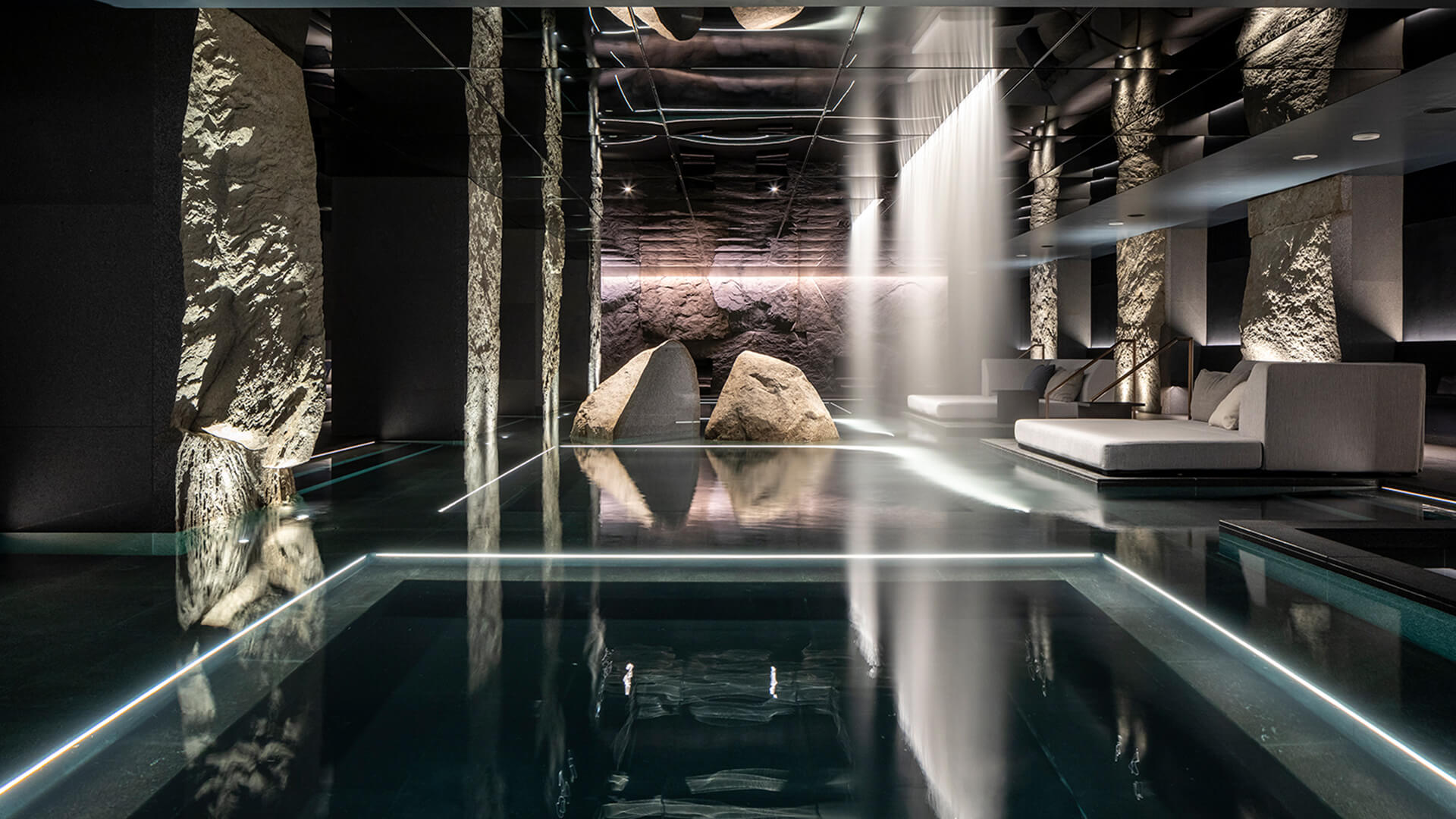
Now in its tenth year, Strickland Interior Design has gone from strength-to-strength since its inception, having recently being awarded the prestigious accolade of Excellence in Innovation – Japan.
“Where do we come from? What are we? Where are we going?” pondered Paul Gauguin, the French post-impressionist artist of the mid-19th century. And this is the mantra that has been adopted by Strickland Founder and Chief Executive Officer, Yohei Akao since he first established his award-winning studio.
Born in Hiroshima in 1973, Yohei graduated from Musashino Art University in 1997 having studied in the Department of Spatial Planning Design, and he joined the eminent Super Potato Co in 2001, before finally branching out on his own and setting up Strickland in 2011.
Strickland offers interior design concepts mainly for the hospitality industry, revamping and creating iconic and unique entertaining areas, and Yohei is well experienced in working with international hotels, bars, restaurants, and commercial facilities.
Strickland’s major works are Chinese restaurant at The Ritz-Carlton Macau, Restaurants and Bars at The Ritz-Carlton Langkawi, entire hotel of Hyatt Centric Ginza in Tokyo, Chinese restaurant at Conrad Shenyang, Japanese and Western restaurants at The Ritz-Carlton Nikko in Japan, 2 Restaurants and Spa at The Waldorf-Astoria Xiamen, and Waku Ghin restaurant in Singapore.
Hotel The Mitsui Kyoto, a luxury collection hotel and spa in the center of the ancient capital of Japan, is the latest project done in Japan. As the only luxury hotel in the city with its own natural hot spring drawn from thermal waters deep below the ground, Hotel The Mitsui Kyoto is located close to one of the world’s most desirable destinations – this being the 17th Century UNESCO World Heritage-listed Nijo Castle.
Thermal Spring Spa is located basement. The design was made in a space covered with natural stones due to the nature of Kyoto, where has groundwater veins covered with bedrock. In a rustic and powerful stone space, modern edge lights on the surface of the water create contrast in the section. The foggy rain that falls from the ceiling every few minutes makes you feel a relaxing time in the natural stone. And for the creation of this space, the experience at the hot spring facility “Therme Vals” in Vals, Switzerland, which was the work of architect Peter Zumthor, became the driving force of the design creation. Also Sacredness of religious spaces such as churches and temples are felt. This Thermal Spring Spa experience will be combined with the spiritual experience gained at the temples and shrines in Kyoto to make it a memorable and special stay in Kyoto, Yohei hoping.
In this hotel, the garden is arranged in a space surrounded by restaurants, lobbies, and guest rooms. When designing a All Day Dining restaurant, “how to incorporate the garden with the design?” was the beginning of an important thought. First, Yohei repeatedly adjusted the three-dimensional angle of view to bring the depth and height of the space relative to the garden closer to the sense of space (sense of scale) that Japanese residential architecture has had since ancient times. In order to achieve this creation as a direct sense, design along the columns and beams are dared, which are the structures of the building, and created the framework of horizontal and vertical spaces. This space was created by superimposing the experience at this facility and the geology of Kyoto, which has groundwater veins covered with rock.
Hyatt Centric Ginza is one of the challenging properties as Strickland designed the entire hotel for the first time.
Hyatt’s new brand, which would be the first in Asia at that time, has opened in Ginza, the center of Tokyo, in January 2018. The hotel’s land used to be the headquarters and factory of the newspaper company of Owner. This is the strongest concept part for this hotel, therefore, the story of this hotel was created based on the concept of ‘Media’.
Another major feature of this hotel is its ‘transformation’. This means that there is a spatial transformation, there is a transformation in the production, and it can be used in various functional elements. These can be found throughout the entire hotel.
From the concept stated above, this hotel is full of a story related with the local history and memories of this land, and its expression can be found from anywhere in the space such as art pieces, display, signage and details.
As the world opens up once again, and countries begin to permit travel, Yohei looks to a bright and purposeful future in the luxury interior design industry, creating the restaurants, hotels, and commercial spaces that will amaze and inspire locals and global travellers alike for many generations to come.
For further information, please visit Yoehi Akao or visit www.strickland.jp









